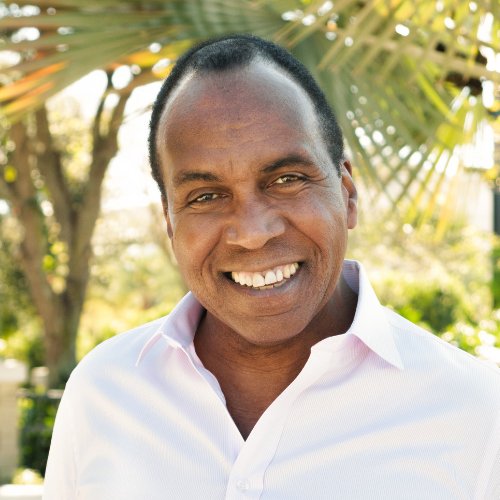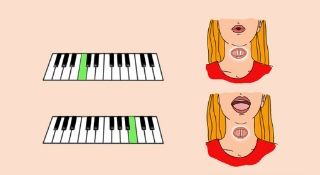How to Sing with More Freedom
How do you sing with more freedom? First, we have to understand what creates the freedom.
What creates the freedom is you not straining and being constricted in your voice box. We don't want any restriction there, because that's where your vocal cords are.
The Secret To Star Singing
Click HERE For The Secret To Star Singing
The Secret To Star Singing
Click HERE For The Secret To Star Singing
Your Changing Vocal Cords
Your vocal cords change their size to correspond to a different note that you are trying to create. For instance, when you're speaking normally, think of your vocal cords as being elongated, in their natural place.
Then when you want to go say something in a higher pitch, your vocal cords need to get smaller, or thinner.
If you look inside a piano, you'll see that the lower strings of the piano are thicker and they create a lower pitch. The thinner strings create a higher pitch. You'll see the same thing on a guitar.
So apply that concept to what's going on with your vocal cords. That means that your vocal cords need to have the ability, the freedom, to move back and forth to create those sounds and to create the freedom that you want, the ease of it all.
Practice Letting Go
I'm going to give you an exercise that you can practice for a while so you'll get this. All you're going to hear is that I am allowing my vocal cords to change back and forth to reach these notes.
Over time, that develops into this whole freedom throughout my entire body with how I'm singing. You can hear me demonstrate at. I'm letting go of every note. (The video below will begin at the demonstration at 1:53)
If you've been developing some other habits, it may take you a while to get this one because you may have a lot of tension—with your swallowing muscles, for example. But don't worry! You will get this eventually.
Let's try this in a really easy way to start off with. We'll use an “ah” sound. Follow along with me at 2:35. On each note, we'll do an arpeggio twice, switching the second and third note of the arpeggio.
Watch below to see this exercise:
Notice that I'm not moving during this exercise. Over time, my body has developed the ability to just let things go and allow the vocal cords to make the changes that change the note.
It's a Ventriloquist Trick
When you watch a ventriloquist, it seems that the dummy is making all these sounds. How are they doing it without moving their mouths?
They have figured out the control internally, to allow their vocal cords to make these sounds. You're gaining a little bit of that here, and that's going to give your voice much more freedom.
Practice this, and be patient with yourself.
About The Author
 Roger Burnley - Vocal Coach Roger Burnley - Vocal Coach |
Roger Burnley is a vocal coach located in Hollywood, California. He has been teaching singers for over 30 years and singing for even longer than that.
Notable past and present clients include Macy Gray, Brandy, Ray J, The Beastie Boys, James Torme, Taylor Lautner, Nona Gaye, and many more.
His clients have collectively sold more than 30 million albums, with several reaching Platinum and Gold status.
Roger has been featured on VH1, TV Guide Channel, TV One,
and MTV appearing as a vocal expert.
About The Author
 Roger Burnley - Vocal Coach Roger Burnley - Vocal Coach |
Roger Burnley is a vocal coach located in Hollywood, California. He has been teaching singers for over 30 years and singing for even longer than that.
Notable past and present clients include Macy Gray, Brandy, Ray J, The Beastie Boys, James Torme, Taylor Lautner, Nona Gaye, and many more.
His clients have collectively sold more than 30 million albums, with several reaching Platinum and Gold status.
Roger has been featured on VH1, TV Guide Channel, TV One,
and MTV appearing as a vocal expert.









New! Comments
Show me you're alive! Leave a comment below...